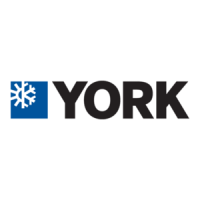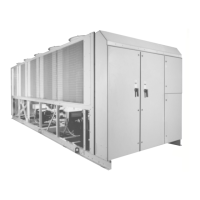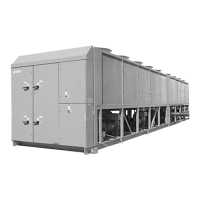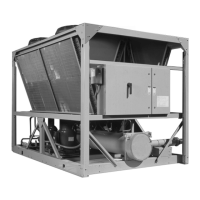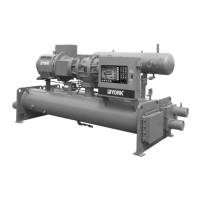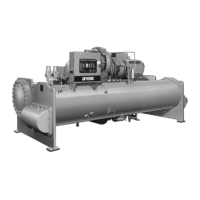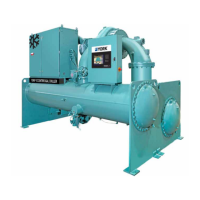How to troubleshoot no display on York Chiller panel?
- DDanielle AlexanderJul 26, 2025
If the panel on your York Chiller isn't displaying anything and the unit won't start, there are several potential causes. First, check if the main supply to the control system is switched OFF and switch it ON if it is safe to do so. Next, see if any emergency stop devices are activated and turn them to the ON position if safe. Also, an undervoltage relay might have tripped, so check the mains supply. Check the emergency stop switch fuses, if there is no supply to - T3. If there's no 24VAC supply to the power board, check the wiring from - T3 to the powerboard and fuse - F3. Finally, if there's no +12V output from the powerboard, replace the powerboard or isolate any excessive load on the board.
